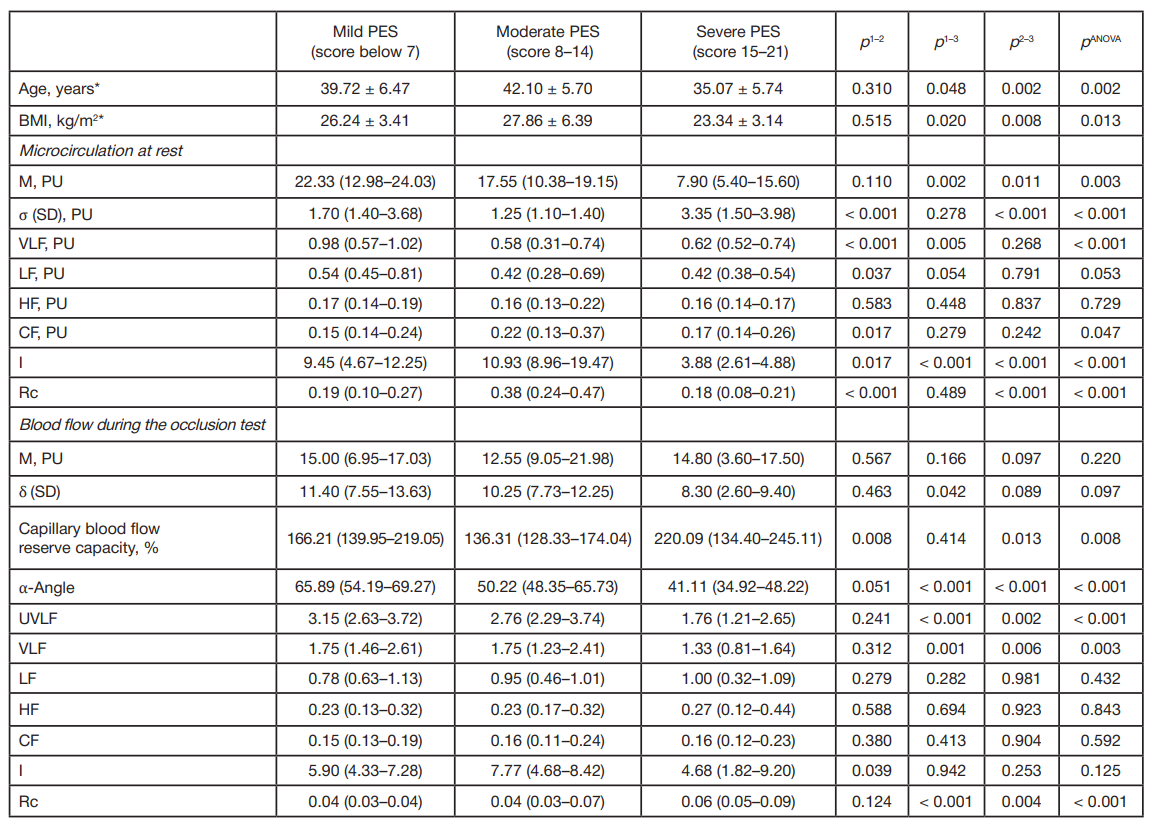
ISSN Print 2500–1094
ISSN Online 2542–1204
BIOMEDICAL JOURNAL OF PIROGOV UNIVERSITY (MOSCOW, RUSSIA)

Medical University Reaviz, Samara
Correspondence should be addressed: Elmira Т. Nurmukhametova
Chkalova, 100, Samara, 443001;
ur.xednay@mlerun
Acknowledgements: to MV Komarova, PhD, Associate Professor of the Samara University Department of Laser and Biotechnological Systems, for assistance in the statistical processing of the results.
Author contribution: Nurmukhametova ET, Shlyapnikov ME — the authors contributed to the study and manuscript writing equally.




